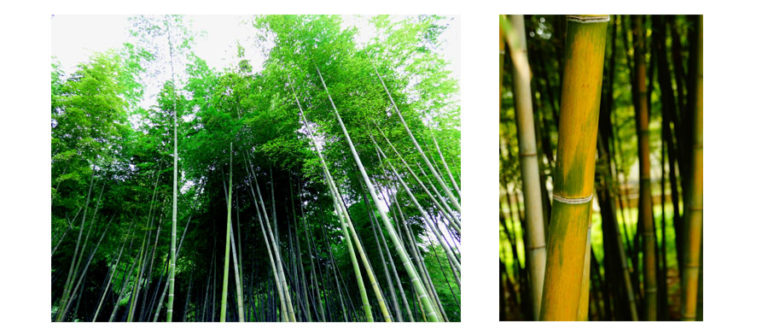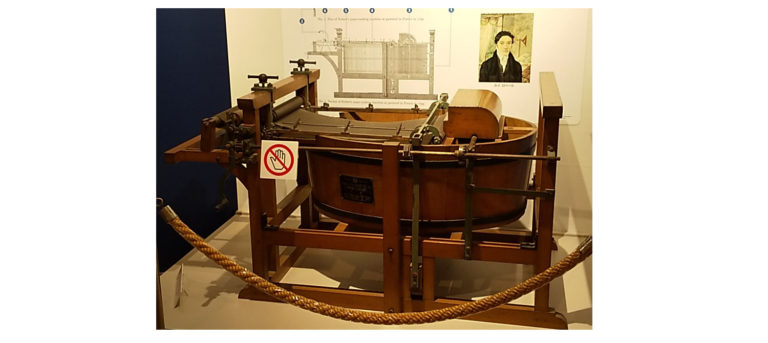Home / Creative Arts & Media / Writing / The Art of Washi Paper in Japanese Rare Books / Dissemination of paper and papermaking techniques
This article is from the free online
The Art of Washi Paper in Japanese Rare Books


Reach your personal and professional goals
Unlock access to hundreds of expert online courses and degrees from top universities and educators to gain accredited qualifications and professional CV-building certificates.
Join over 18 million learners to launch, switch or build upon your career, all at your own pace, across a wide range of topic areas.

 Illustration of the dissemination of paper manufacturing process (Source: Paper Museum)
Illustration of the dissemination of paper manufacturing process (Source: Paper Museum)  fig. 2. Moso bamboo
fig. 2. Moso bamboo Model of the first Fourdrinier-style paper manufacturing machine in the world, invented by Louis-Nicolas Robert of France (Source: Paper Museum)
Model of the first Fourdrinier-style paper manufacturing machine in the world, invented by Louis-Nicolas Robert of France (Source: Paper Museum)
 History of paper manufacturing (Source: Paper Museum)
History of paper manufacturing (Source: Paper Museum) 





